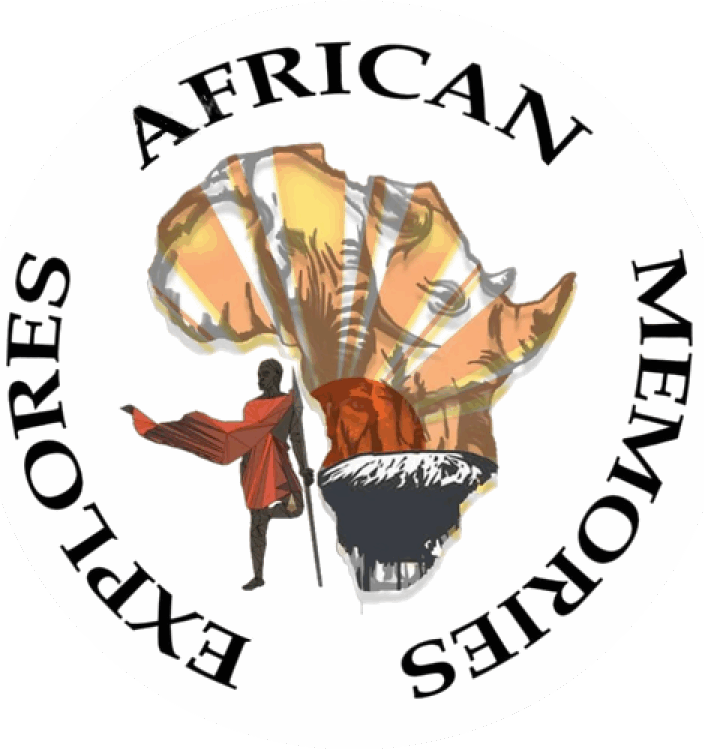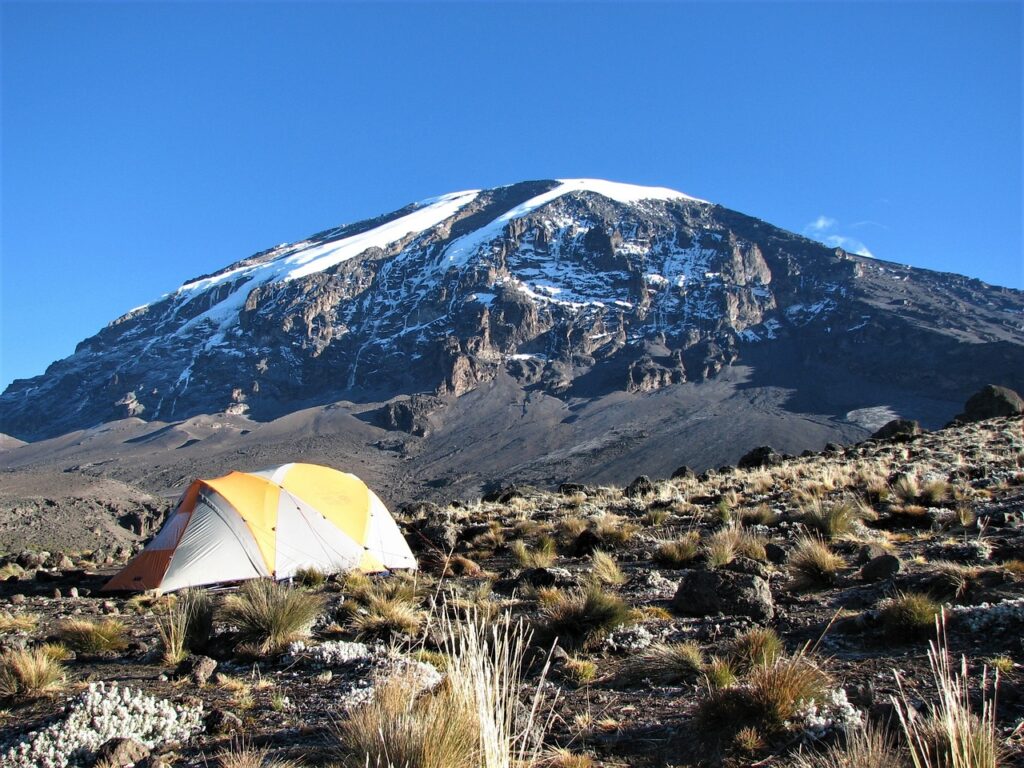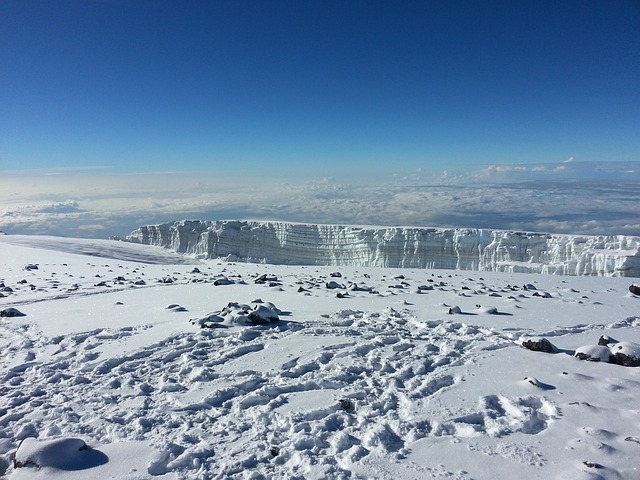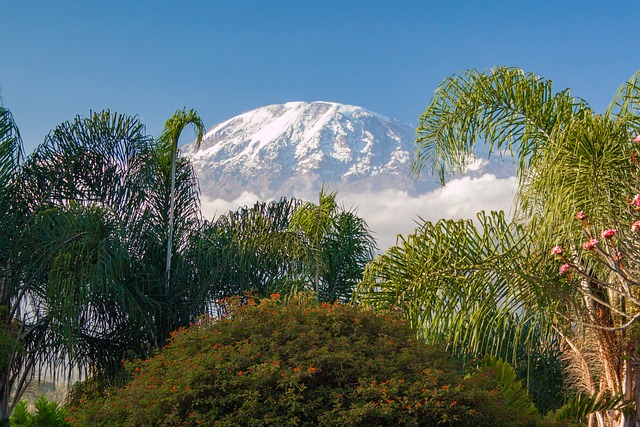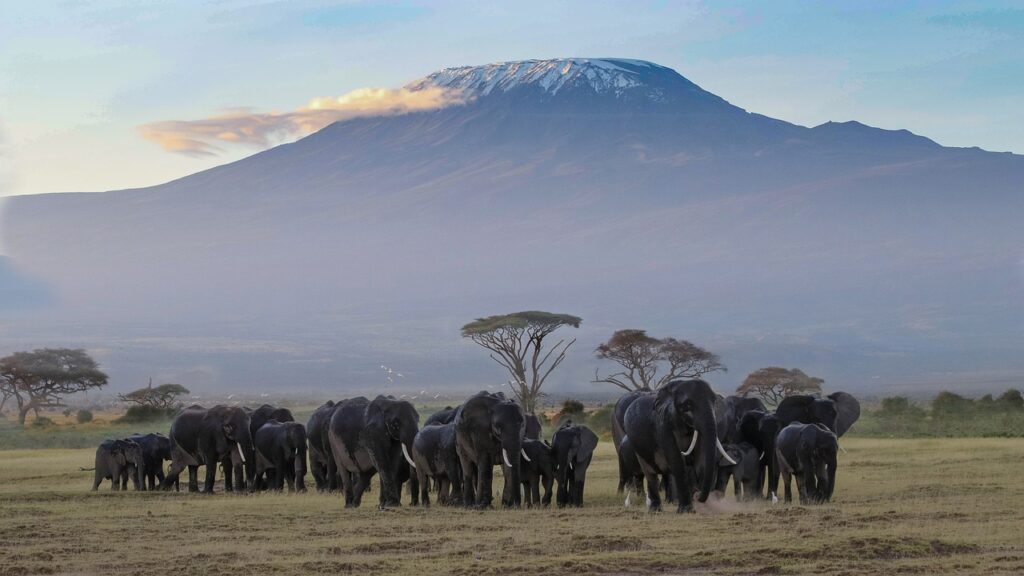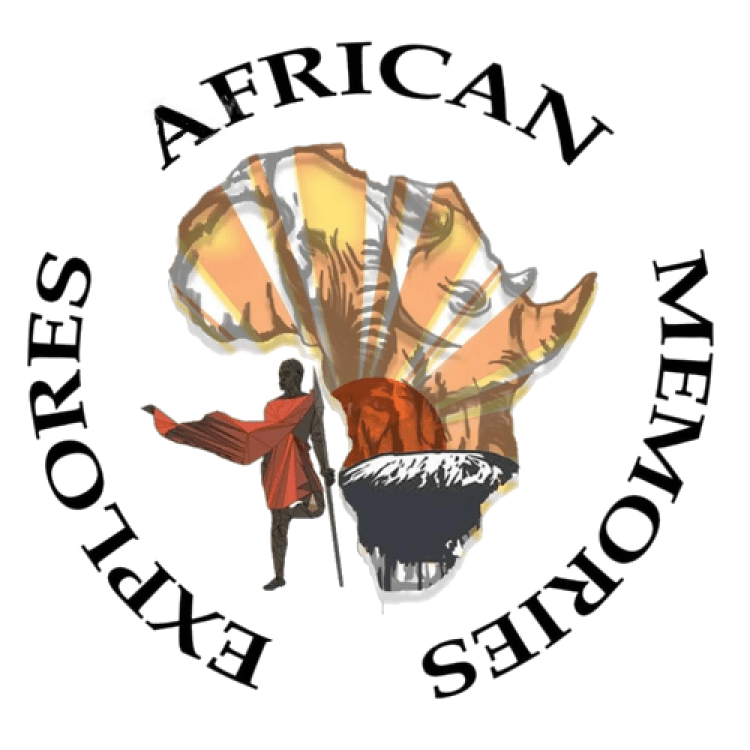CLIMBING MOUNT KILIMANJARO
Climbing Mount Kilimanjaro offers the ultimate adventure: Exploring Classic and New Routes – Which One is Your Perfect Fit? Envision the Thrill of Trekking through Snow-Covered Terrain to Conquer the Magnificent Mt. Kilimanjaro in Tanzania. Join Us in Crafting an Unforgettable Journey and Begin Your Epic Ascent to the Summit!
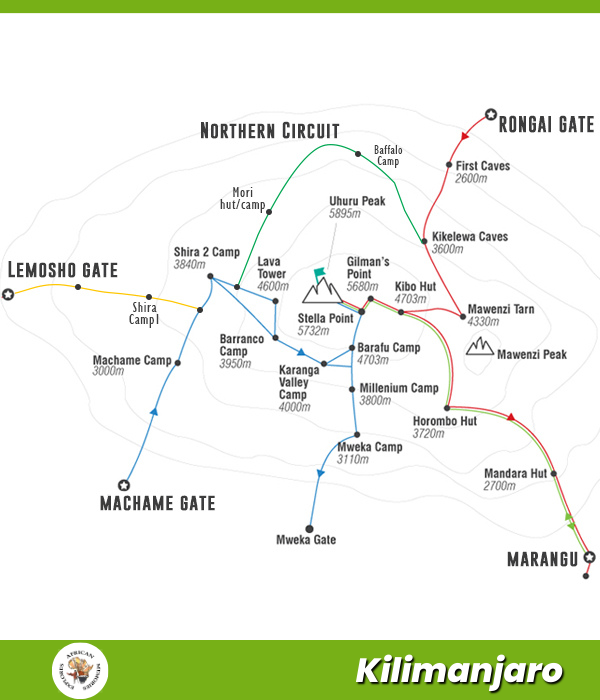
Embarking on Your Kilimanjaro Expedition
UNVEILING THE MAJESTY OF CLIMBING MOUNT KILIMANJARO
Located near the Kenyan border in Northern Tanzania, Mount Kilimanjaro stands as the highest peak on the African continent, soaring to an impressive 5,895 meters in height. Not only that, but it also holds the distinction of being the tallest free-standing mountain globally, making it a captivating destination for hikers worldwide. Drawing in approximately 50,000 trekkers each year, ranging from seasoned climbers to enthusiastic beginners, Climbing Mount Kilimanjaro is a cherished dream for many adventurous souls visiting Tanzania.
Conquering the Challenge of Climbing Mount Kilimanjaro
Embarking on a Kilimanjaro climbing expedition is undeniably one of the most incredible adventures for climbers. This genuine experience entails remarkable highs and challenging lows, creating a journey filled with both triumphs and tests. What sets Climbing Mount Kilimanjaro apart and contributes to its immense popularity is its accessibility to almost anyone. With proper planning, a strong determination, and an excellent support team by your side, reaching the summit is an achievable and fulfilling feat.
EXPERT ADVICE:NAVIGATING CHALLENGES WHILE CLIMBING MOUNT KILIMANJARO
African Memories Explorers aims to offer climbers a comprehensive guide, encompassing valuable insights that can significantly enhance their chances of a successful summit while Climbing Mount Kilimanjaro.
EXPLORING ROUTES FOR CLIMBING MOUNT KILIMANJARO
“African Memories Explorers provides climbing expeditions to the summit of Mount Kilimanjaro, the “Roof of Africa,” via five of the finest routes available. We offer our clients the chance to conquer the Kilimanjaro summit using these carefully selected routes.”
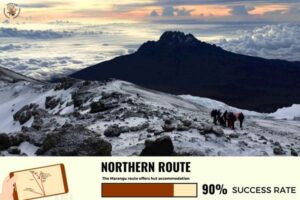
Northern Circuit Route
If you have the time and the cost does not deter you then the full Northern Circuit route is ....
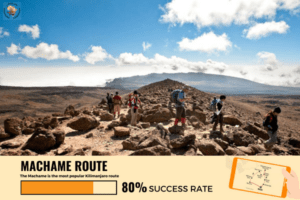
Machame Route
The Machame Route is one of our favourite routes for a number of reasons ....
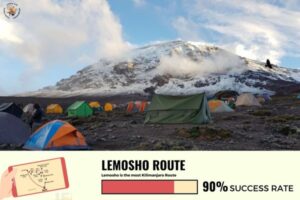
Lemosho Route
African Memories Explorers recommends Lemosho Route. The Lemosho Route was widely ....
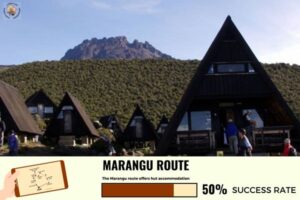
MARANGU ROUTE
The Marangu route, famously known as the "Coca-Cola" route as you can get a bottle ....
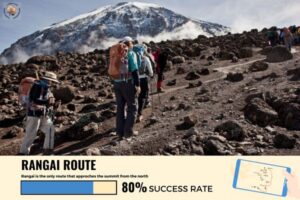
Rongai Route
The Rongai Route is one of the least frequented of the official Kilimanjaro routes ....
Essential FAQs for Climbing Mount Kilimanjaro
“Discover the top Kilimanjaro FAQs answered by African Memories Explorers – your ultimate guide to Climbing Mount Kilimanjaro. Get all the essential information for your adventure.”
Mount Kilimanjaro is the highest free-standing mountain in the world, located in Tanzania, East Africa. It’s also the tallest mountain on the African continent.
Kilimanjaro stands unique as the highest mountain with a summit, Uhuru Peak, accessible without technical climbing skills. Compared to other mountains, Kilimanjaro offers relatively easy terrains rather than steep slopes. However, you may need to use your hands to ascend the Barranco Wall, the only steep section on the mountain. It’s an essential Kilimanjaro FAQ with a clear answer.
In the wet season, hiking poles are recommended due to slippery rocks. Ensure you have proper hiking boots or gaiters for your Kilimanjaro climb.
Before determining the Best Time to Climb Kilimanjaro, it’s crucial to understand the two main seasons: wet season and dry season. The weather and climates play a significant role in your decision for Climbing Mount Kilimanjaro. The high-altitude conditions and trade winds cause frequent weather changes along all Kilimanjaro routes.
The wet season experiences higher rainfall, while the dry season has less rainfall and more dry days. As you ascend, you’ll encounter different climatic zones, including the Cultivation zone, Rainforest zone, Heath or Moorland zone, Highland Desert zone, and Arctic zone. Each zone offers a unique experience with distinct weather conditions throughout the journey.
Mount Kilimanjaro’s Uhuru Peak, the highest point, stands at 5,895 meters (19,341 feet) above sea level.
Yes, it’s a requirement to have a registered guide on Kilimanjaro. Porters are also common to help carry equipment and supplies
Accommodation on Kilimanjaro is in huts or tents, depending on the route. The Marangu Route has basic huts, while other routes involve camping.
Altitude sickness is a real concern. Slow and steady ascent, proper hydration, and acclimatization days are crucial to minimize its effects.
Kilimanjaro’s higher altitudes have less wildlife, but some animals like monkeys can be encountered on certain routes.
One of the most common Kilimanjaro FAQs is about the best time to climb. Mount Kilimanjaro can be ascended year-round, as all routes support climbing throughout the year. Due to its proximity to the equator, the region experiences minimal extremes of winter and summer weather but has distinct wet and dry seasons.
The recommended Best Time to Climb Kilimanjaro is during the dry season, which offers warmer conditions. For beginners, it’s advisable to avoid the wet season. However, with a professional climber and proper safety precautions, climbing Kilimanjaro during the wet season can be a thrilling adventure.
Your choice of Kilimanjaro route and itinerary length is also crucial for better acclimatization and success in reaching the summit.
For your Kilimanjaro climb, we will provide tents, camping gear, food, utensils, and expert guidance. However, you are required to bring your own sleeping bag, water system, personal clothing, light duffle bag, and day pack. Hiking poles are available for rental.
If you’re wondering “What do I need to climb Kilimanjaro?”, the following list is essential for your reference. You will receive a comprehensive packing list as part of our pre-departure packet provided to all climbers.
During your Kilimanjaro climb, the food provided plays a crucial role in preventing Kilimanjaro Altitude Sickness. The menu is thoughtfully designed to match your exertion level and ensure a balanced intake of protein, carbohydrates, fruits, and vegetables. At higher altitudes, where you may experience uneasiness and a suppressed appetite, the meals are adjusted to contain more carbohydrates and less protein for easier digestion.
Your dedicated cooks on Kilimanjaro will prepare your meals, and the food will be carried by your porters. The menu includes a variety of options such as porridge, toast, pancakes, eggs, smoked sausages, tea, coffee, and hot chocolate for breakfast. For other meals, you can expect sandwiches, hard-boiled eggs, biscuits, fruit juice, soups, pasta, rice, potatoes, chicken, beef, vegetables, salads, and fresh fruits. This thoughtfully prepared food will help sustain you throughout your climb.
You’ll need a climbing permit, which is usually organized through a tour company. They’ll handle the logistics and paperwork for you.
Essentials include warm clothing, a good sleeping bag, hiking boots, rain gear, and high SPF sunscreen. Packing lists can vary by route and season.
Temperatures can drop significantly, especially at higher altitudes. It’s not uncommon for temperatures to reach well below freezing at night.
It’s recommended to book well in advance to secure permits, guides, and accommodations. Last-minute bookings might be possible, but they come with more uncertainty.
Success rates can vary, but they’re generally around 50-90% depending on the route. Proper preparation and acclimatization increase your chances.
Remember, climbing Kilimanjaro is a challenging endeavor that requires preparation, determination, and proper guidance. It’s advisable to consult with experienced trekking companies and seek medical advice before attempting the climb.
CONNECT
PAYMENT OPTIONS
WE ACCEPT THIS







